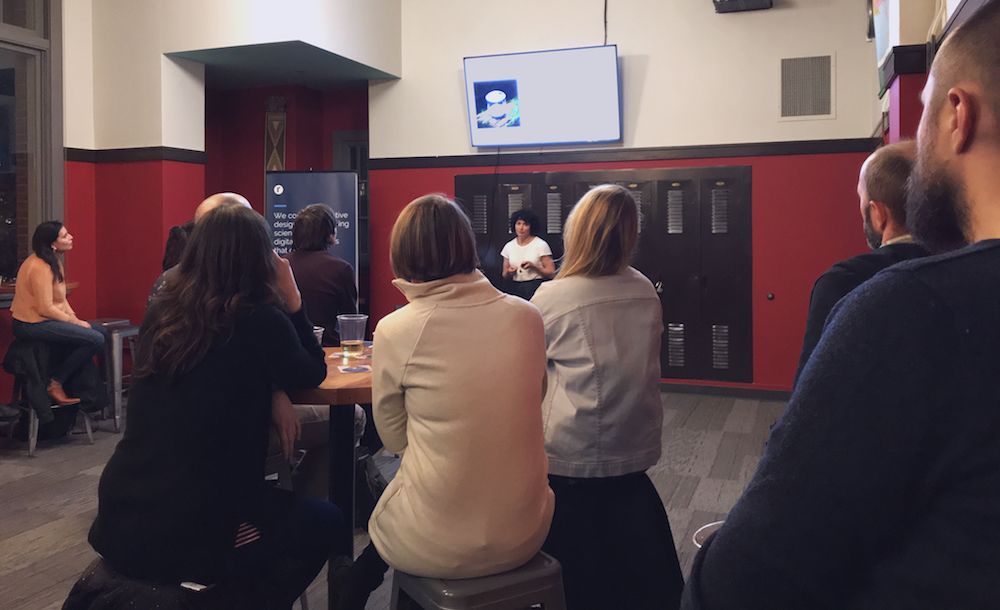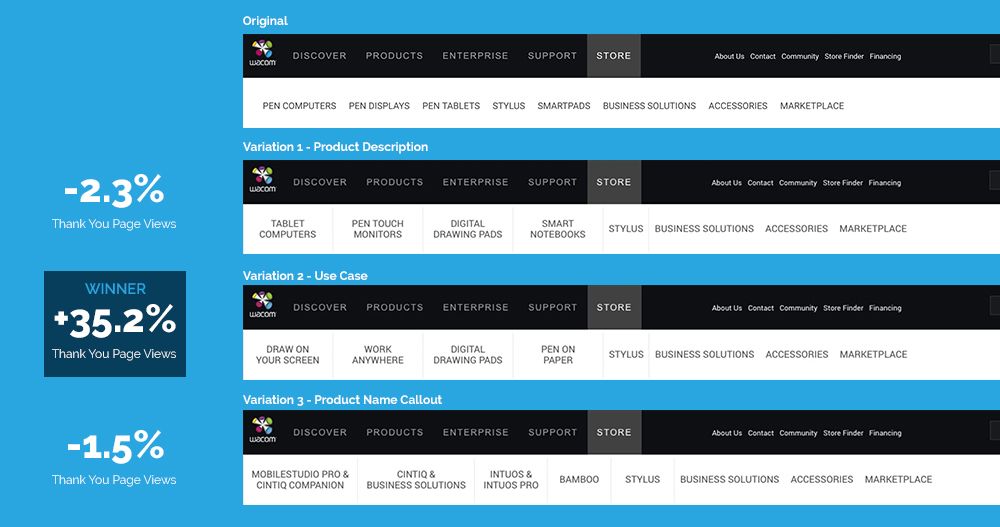This month, Camp Optimization hosted Wacom’s Global Director of Marketing Communications, Melissa Ashcraft. Melissa’s presentation dove deep into the world of eCommerce copy and was complete with sage wisdom from a professional writing perspective and even some humor along the way. Here’s our recap on her discussion of how to move customers from awareness to purchase with content.
Introducing Melissa Ashcraft
In addition to being a published Random House author, Melissa is a content marketing and social media strategy wizard. She is a marketing communications executive with 10 years of expertise in marketing communications, consumer product launches, strategic planning, and media/channel marketing (just to name a few). On top of that, she leads global and national campaigns as Global Director of Marketing for Wacom Technologies. Read more about Melissa’s perspective in our interview with her. We adore working with Melissa to iteratively improve digital performance for Wacom, and she was kind enough to share some of her expertise with us at January’s Camp Optimization.
The Problem
Melissa first started with the big eCommerce question: “What makes someone buy something they do not need?” Her answer was two-fold: Their lives have to be worse without it and their lives have to be better with it. All too often, eCommerce copy is a bland overview of product specs that do not speak to specific users and their needs. It does not tell a user why they want or even need their product.
The Solution
So, how do you convince someone their life is bad without a thing they don’t need? Start with another question! What about me? How will my life be better with this? How will my life be worse without this? eCommerce copy needs to think about the product through the eyes of the user. Companies can accomplish this by answering those specific questions or framing their copy in the eyes of a specific user persona. Who is your user? A pacific northwest kayaker who loves outdoor adventures? A mom of four who wears sparkle flip flops? Answering these questions can be crucial to creating copy that targets the right people.
Strategies for Success
Besides putting yourself in your audience’s shoes, there are a few more practical approaches to making people think their lives are worse without your product. The first: partner with a team that can write. Professional writers are just that – professional. It is their job to write great copy and it might be just what you need to appeal to your audience.
Another approach: use specific details. Don’t be afraid if your details don’t appeal to everyone! Using specific details can be essential when speaking to your target audiences and personas. If you can make every sparkle-flip-flop-wearing-mom need your product, then it’s ok if the kayakers don’t feel like your copy speaks to them.
The last approach: A/B test different content styles. A/B testing will help you get a full picture of what works and what doesn’t. A/B testing will also give you concrete evidence to convince your company that great copy = great sales.
Is your life better with Camp Optimization, or worse without it? We’re shaking things up for our March 2019 event. Stay tuned for more details!







